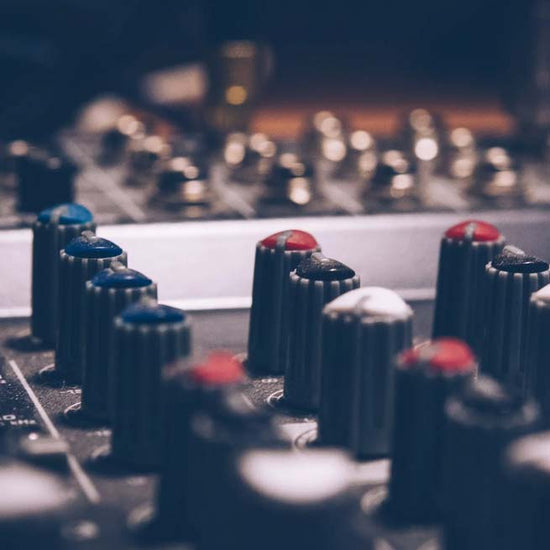Why Develop Golden Ears?
The auditory challenges facing today’s recording musicians, engineers, and producers are substantial. The performance baseline for audio technology has improved dramatically over the decades. Music listeners of every genre have come to expect superb recordings. To achieve the best results possible, you need exceptionally well–developed critical listening skills.
Enginearing
Through real musical examples, pink noise and solo instruments, hundreds of A/V comparisons, drills and exercises, the Golden Ears Audio Ear Training Course will develop your listening skills and build on those you already have.
Initially introduced on CD, the course became recognized worldwide as one of the most effective ways to train your ears. These courses are now available to stream on all of your listening devices.
By the time you’ve worked through the course, you’ll be able to listen to an equalizer switched in and out on a recording, then describe how it is set in terms of frequencies by ear alone. You’ll be able to identify the reverb and delay settings down to tenths of a millisecond; compression attack and release times; stereophony, distortion and amplitude changes.
You will be able to articulate what it is you are hearing.
“The lead vocal is down 3dB at 500 Hz…the compressor on the rack toms needs a much slower release….”
From the first session with this unique program, you’ll be hearing recordings with a new degree of understanding – all you need is a decent set of speakers or headphones.
Part 1: Frequencies
Trains you to recognize boosts and cuts in all ten octaves of the frequency spectrum. Progressive drills build from simple boosts in music to more demanding single octave cuts in pink noise.
Part 2: Effects and Processing
Identify thirty-one possible signal processing changes, grouped into six families: amplitude change, gross and subtle distortion, slow and fast release compression, equalization changes, stereophony anomalies and time delay/reverberation settings.
Part 3: Delays and Decays
Know delay settings from tenths of a millisecond to whole seconds; panning/slap/spaciousness effects – in mono and stereo on sustained and transient sounds. Reverb parameters – predelays, decay times, etc. Invaluable when creating programs.
Part 4: Master Frequencies
Understand advanced EQ. Identify cuts and boosts to within a third of an octave; and two octave bands simultaneously boosted and/or cut.
Ready to Join?
A membership to Golden Ears gives you full access to our exclusive training program.




